How is this condition treated?
Many cases of JOCD can be completely healed with careful treatment. OCD will probably never completely heal, but it can be treated. There are two methods of treating JOCD: nonsurgical treatment to help the lesions heal, and surgery. Surgery is usually the only effective treatment for OCD.
Non-surgical Rehabilitation
Nonsurgical treatments help in about half the cases of JOCD. Our goals are to help the lesions heal before growth stops in the thighbone and to protect the injured area of cartilage while improving knee motion and strength. Even if imaging tests show that growth has already stopped, it is usually worth trying nonsurgical treatments. When these treatments work, the knee seems as good as new, and the JOCD doesn't seem to lead to arthritis.
Initially, it is crucial to stop doing everything that causes pain to the knee. This means stopping exercise and sports. It may require using crutches or wearing a cast for a couple of months when symptoms are present.
When you begin physiotherapy at One Wellness, as knee symptoms ease, we can begin exercises that don't involve placing weight through your foot. The exercises will be done carefully and should not cause any pain. Our physiotherapist may advise that you do exercises in a pool to help you stay limber and fit while protecting the knee during this period.
Range-of-motion and stretching exercises are used to improve knee motion. Our physiotherapist may issue shock-absorbing shoe insoles to reduce impact and protect your knee joint. We will also show you strengthening exercises for the hip and knee to help steady the knee and give it additional protection from shock and stress.
Although the time required for recovery varies, nonsurgical treatment of JOCD can take from 10 to 18 months. Some patients who are too near the end of bone growth may not benefit with nonsurgical treatment. When these problems develop, our physiotherapist may refer you for surgical evaluation.
Post-surgical Rehabilitation
If you have surgery, your surgeon may have you use a continuous passive motion (CPM) machine after surgery to help the knee begin to move and to alleviate joint stiffness.
With the exception of arthroscopic removal of a loose body, our physiotherapists advise patients to avoid putting too much weight on their foot when standing or walking for up to six weeks. This gives the area time to heal. Weight bearing is usually restricted for up to four months after transplant procedures.
Patients are strongly advised to follow the recommendations about how much weight is safe. You may require a walker or pair of crutches for up to six weeks to avoid putting too much pressure on the joint when you are up and about.
After surgery, your first few physiotherapy treatments are designed to help control the pain and swelling from the surgery. Our physiotherapists will also work with you to make sure that you are only putting a safe amount of weight on the affected leg.
We choose exercises to help improve knee motion and to get the muscles toned and active again. At first, emphasis is placed on exercising the knee in positions and movements that don't strain the healing part of the cartilage. As the program evolves, our physiotherapist will choose more challenging exercises to safely advance the knee's strength and function.
Ideally, patients will be able to resume their previous lifestyle activities. Some of our patients may be encouraged to modify their activity choices, especially if an allograft was used.
At One Wellness, our goal is to help you keep your pain under control, ensure safe weight bearing, and improve your strength and range of motion. When your recovery is well under way, regular visits to our office will end. Although we will continue to be a resource, you will be in charge of doing your exercises as part of an ongoing home program.
One Wellness provides services for physiotherapy in Canmore.
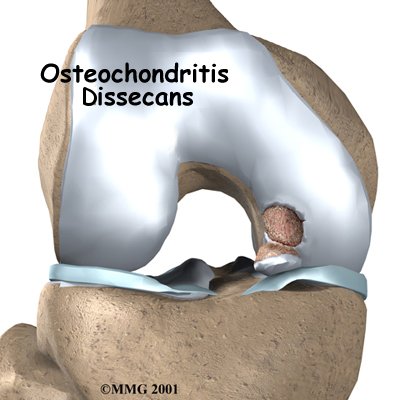


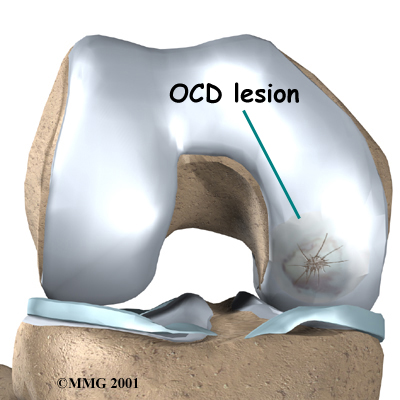
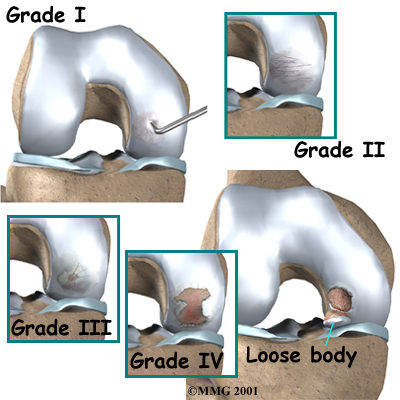
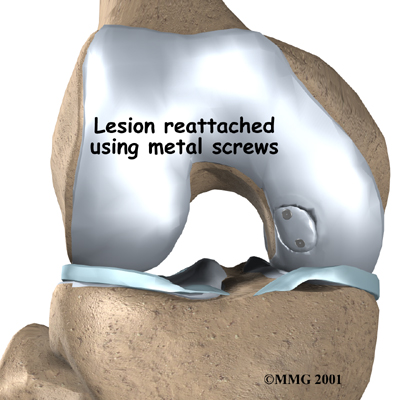
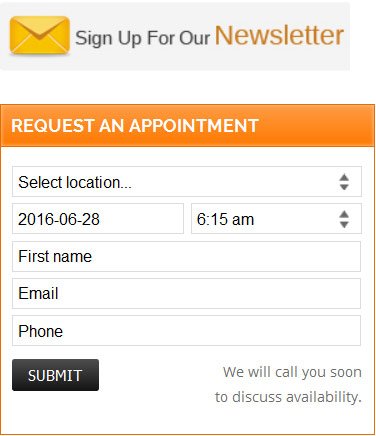

 (403) 679-7179
(403) 679-7179  concierge@one-wellness.ca
concierge@one-wellness.ca 

